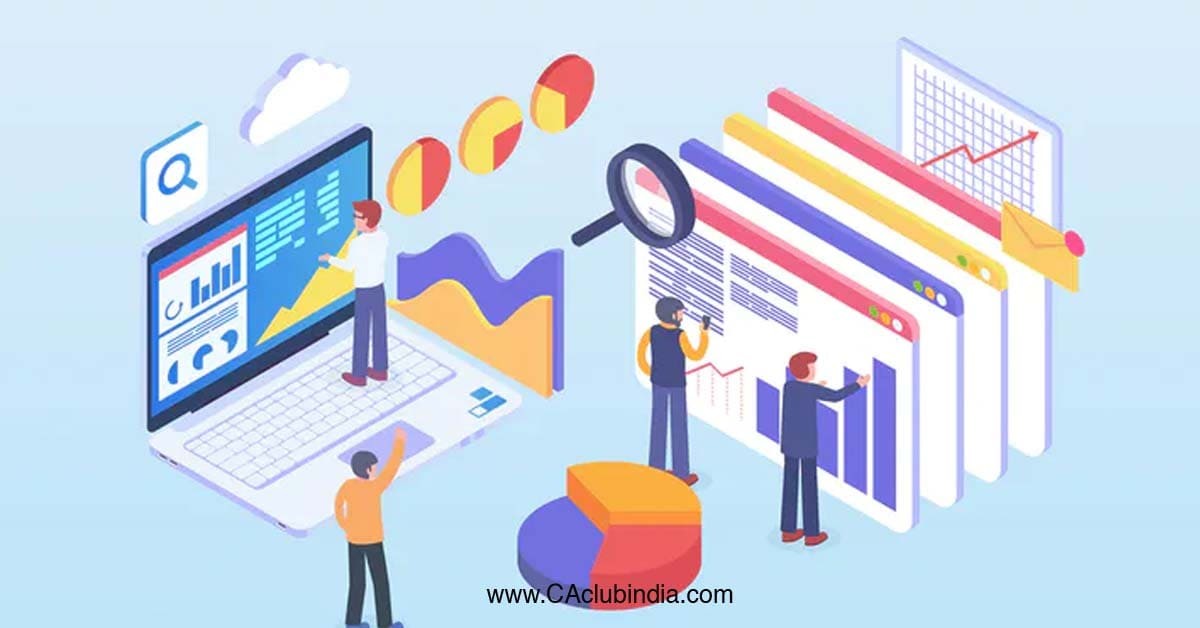GSTN is pleased to announce the launch of the E-Way Bill 2 Portal by NIC on June 1, 2024, through an issue advisory dated May 28, 2024. Accessible at (https://ewaybill2.gst.gov.in), this portal will operate in parallel with the main E-Way Bill portal (https://ewaybillgst.gov.in), ensuring high availability and instant synchronization of e-way bill details. The new portal supports independent generation and updating of e-way bills, offers both web and API modes, and can be used with existing login credentials. It serves as a reliable alternative during technical issues with the main portal, facilitating seamless criss-cross operations for updating Part-B of e-way bills. In this article, we are discussing Key highlights of the new portal are as follows:

|
1. |
Currently, the E-Way Bill 2 Portal offers important services of the E-Way Bill system, with plans to step-by-step extend its capabilities to include further services. |
|
2. |
E-Way Bills can be generated and updated on the E-Way Bill 2 Portal independently as well. |
|
3. |
The E-Way Bill 2 Portal supports both web and API modes for e-way bill services. |
|
4. |
The taxpayers and logistic operators will both use the E-Way Bill 2 portal with the login credentials of the main portal. |
|
5. |
The taxpayers and logistic operators can use the E-Way Bill 2 portal during technical glitches in the E-Way Bill main portal or any other emergencies. |
|
6. |
Criss-cross operations for print and update Part-B of E-Way Bills can be performed on either portal. This means that Part-B updates made on Portal 1 can be done on Portal 2, and vice versa. |
|
7. |
In cases where the main E-Way Bill portal is non-operational due to technical reasons, Part-B of the E-Way Bills generated on Portal 1 can be updated on Portal 2, allowing users to carry both E-Way Bill slips. |
Let's talk more about extending the second E-Way Bill 2 Portal, focusing on how it affects businesses. We will look at the criteria for significant impact and advantage on the business as follows
|
1. |
Businesses can rely on nonstop service without disruptions, even during technical issues with the main portal. This reliability is important for maintaining supply chain effectiveness and avoiding delays. |
|
2. |
The dual-mode support and independent operation of the new portal provide businesses with greater elasticity in managing e-way bills, catering to different technological preferences and requirements. |
|
3. |
The facility to use existing credentials across both portals simplifies the user experience, dropping the administrative burden for businesses. |
|
4. |
The criss-cross operation capability ensures that businesses can continue updating and managing e-way bills without a glitch, even if one portal is down. This characteristic minimizes downtime. |
|
5. |
The E-Way Bill 2 Portal's availability as a backup during emergencies ensures that businesses can maintain fulfillment and operational flow without important disruptions. |
Conclusion
The E-Way Bill 2 Portal represents a strategic enhancement to the e-way bill system and presents businesses with better reliability, flexibility, and continuity. By addressing potential technical issues and providing strong support for e-way bill operations, the new portal ensures that businesses can manage their logistics efficiently and effectively, fostering a smoother and more flexible supply chain network. This article is only for informational and educational purposes; however, it is advisable to consult with a tax professional and visit the e-way bill portals.






 CAclubindia
CAclubindia
